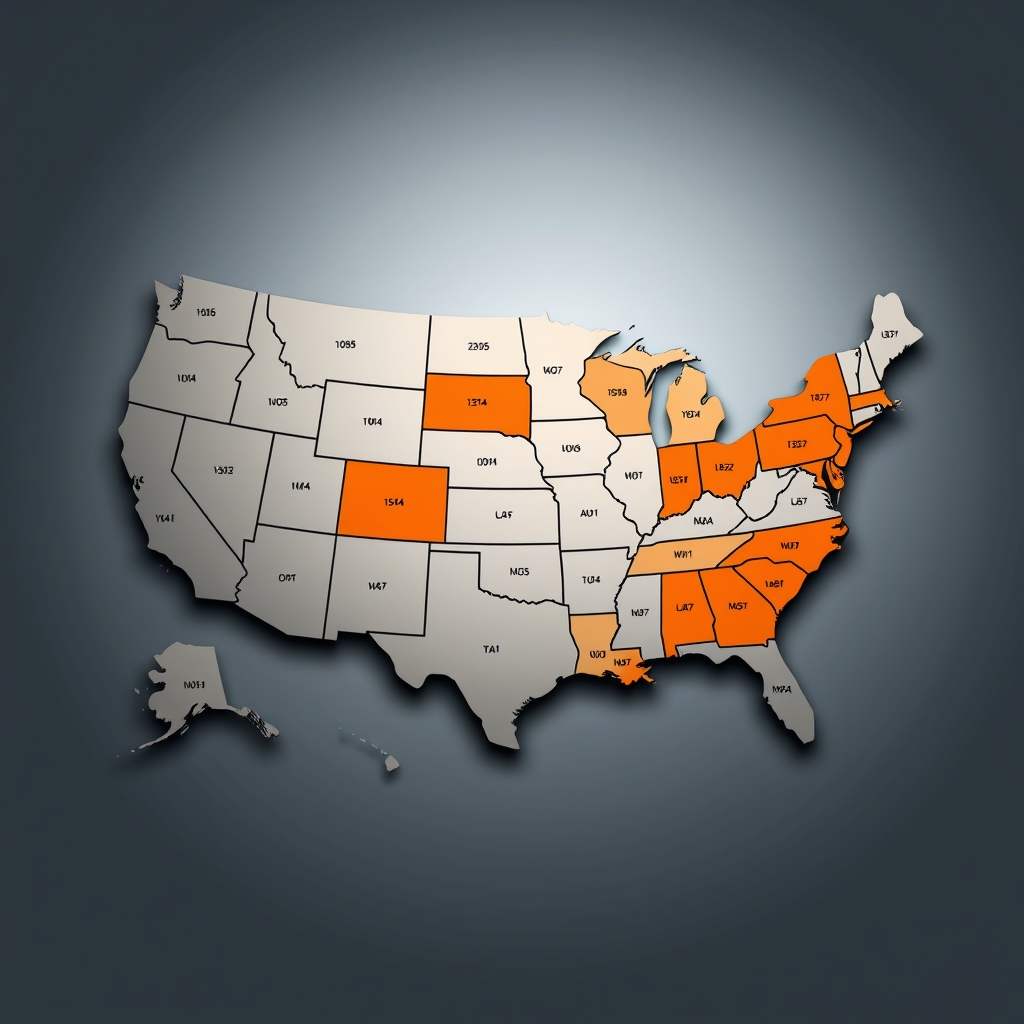USA Crime Grades by Zip Code API vs Crime Data By ZipCode API: What to Choose?

When it comes to assessing crime data in the United States, developers often face the challenge of choosing the right API to meet their needs. In this blog post, we will compare two prominent APIs: Crime Data By ZipCode API and another API that provides similar functionalities. We will delve into their features, performance, scalability, and use cases to help you make an informed decision.
Overview of Both APIs
The Crime Data By ZipCode API is designed to retrieve crime scores for specific ZIP codes in the US. It provides detailed information about various crime rates, allowing users to analyze crime data effectively. This API is particularly useful for real estate agencies, developers creating crime heat maps, and community safety initiatives.
The second API, which we will refer to as the Generic Crime API, also offers crime data retrieval based on ZIP codes but may differ in terms of data granularity, response structure, and additional features. Understanding these differences is crucial for developers looking to integrate crime data into their applications.
Side-by-Side Feature Comparison
Crime Data By ZipCode API Features
The Crime Data By ZipCode API offers a range of features that provide comprehensive crime data:
- Overall Crime Grade: This feature provides a general assessment of crime in the specified ZIP code, allowing users to quickly gauge the safety of an area.
- Violent Crime Grade: Users can access a specific grade for violent crimes, which includes offenses such as assault and robbery.
- Property Crime Grade: This feature assesses property-related crimes, giving insights into theft, burglary, and vandalism rates.
- Other Crime Grade: This includes grades for other types of crimes not categorized as violent or property crimes.
- Violent Crime Rates: Users receive detailed statistics on various violent crimes, helping them understand the specific risks associated with an area.
- Property Crime Rates: Similar to violent crime rates, this feature provides detailed statistics on property crimes.
- Other Crime Rates: This feature offers insights into other crime statistics, such as drug-related offenses and vandalism.
- Crime Rates Nearby: Users can compare crime rates in nearby ZIP codes, providing context for the data received.
- Similar Population Crime Rates: This feature allows users to see crime rates in areas with similar demographics, aiding in comparative analysis.
Generic Crime API Features
The Generic Crime API may offer similar features but could lack the depth or specificity found in the Crime Data By ZipCode API. For instance, it might provide overall crime scores but not break down the data into specific categories as comprehensively. Additionally, the response structure may vary, affecting how easily developers can integrate the data into their applications.
Example Use Cases for Each API
Crime Data By ZipCode API Use Cases
The Crime Data By ZipCode API is particularly beneficial for:
- Real Estate Assessments: Real estate agencies can use this API to evaluate the safety of neighborhoods, helping clients make informed decisions about property purchases.
- Crime Heat Map Creation: Developers can create visual representations of crime data, allowing users to see crime hotspots in their area.
- Neighborhood Safety Evaluations: Community organizations can assess crime data to inform safety initiatives and allocate resources effectively.
Generic Crime API Use Cases
The Generic Crime API may also serve similar purposes but could be less effective in providing detailed insights. It might be suitable for applications that require basic crime data without the need for extensive breakdowns or comparisons.
Performance and Scalability Analysis
When considering performance, the Crime Data By ZipCode API is designed to handle multiple requests efficiently, making it suitable for applications with high traffic. Its structured response format allows for quick parsing and integration into various systems.
The Generic Crime API's performance may vary based on its architecture and data sources. If it lacks optimization for high-volume requests, it could lead to slower response times, impacting user experience.
Pros and Cons of Each API
Crime Data By ZipCode API
Pros:
- Comprehensive crime data breakdown.
- Structured JSON responses for easy integration.
- Useful for various applications, including real estate and community safety.
Cons:
- May require a learning curve for new users to fully utilize all features.
Generic Crime API
Pros:
- Basic crime data retrieval.
- Potentially easier to implement for simple applications.
Cons:
- Lacks detailed breakdowns and insights.
- May not provide sufficient data for comprehensive analysis.
Final Recommendation
For developers looking for a robust solution to integrate crime data into their applications, the Crime Data By ZipCode API is the clear choice. Its comprehensive features, detailed breakdowns, and structured responses make it ideal for real estate assessments, crime heat map creation, and community safety evaluations.
On the other hand, if your application requires only basic crime data without the need for extensive analysis, the Generic Crime API may suffice. However, for most use cases, the depth and reliability of the Crime Data By ZipCode API will provide significant advantages.
Need help implementing the Crime Data By ZipCode API? View the integration guide for step-by-step instructions.





